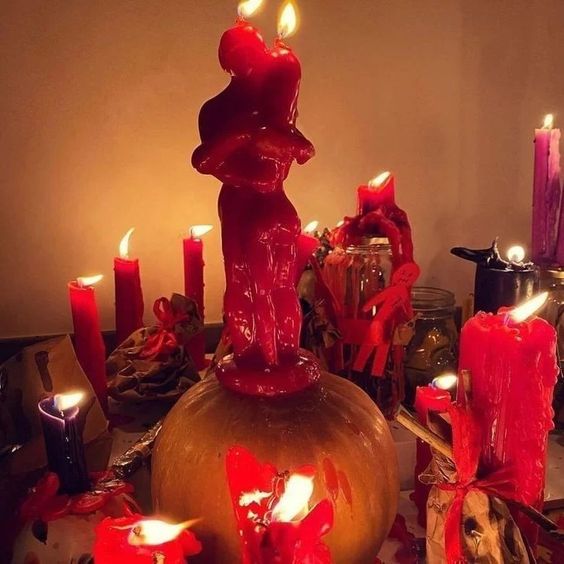The Enchanting Power of Incantations and Chants: A Deep Dive into the World of Mystical Utterances

Introduction
Throughout human history, incantations and chants have been employed as powerful tools to invoke the mystical, transform reality, and connect with the spiritual realm. These ancient and universal practices have transcended time and culture, finding their place in diverse belief systems, spiritual traditions, and magical rituals. In this comprehensive article, we will explore the captivating world of incantations and chants, delving into their historical origins, purposes, techniques, and contemporary significance.
Part 1: The Historical Tapestry of Incantations and Chants
1.1 Ancient Origins
Incantations and chants have deep roots in human history, dating back to ancient civilizations. These vocalizations were often seen as a means to access the divine, influence the physical world, and connect with the spiritual realm.
1.2 Cross-Cultural Presence
Incantations and chants are a cross-cultural phenomenon, found in various forms across the globe. From the ancient Hindu chants in India to Native American rituals and African tribal ceremonies, the practice is as diverse as human culture itself.
1.3 Spiritual and Magical Significance
In many ancient societies, incantations and chants held great spiritual and magical significance. They were used in religious ceremonies, shamanic rituals, and magical spells to invoke blessings, ward off evil, and establish contact with deities or spirits.
Part 2: The Purpose and Functions of Incantations and Chants
Incantations and chants serve a myriad of purposes in different cultures and belief systems. Some of the key functions include:
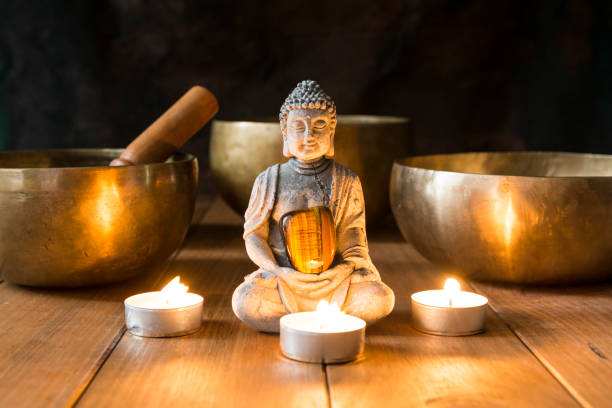
2.1 Invoking Deities and Spirits
One of the primary functions of incantations and chants is to invoke deities, spirits, or otherworldly beings. These vocalizations serve as a bridge between the physical and spiritual realms, establishing a connection and inviting the presence of divine entities.
2.2 Protection and Warding
Incantations and chants are often employed as protective measures. They create spiritual barriers or wards against negative forces, such as malevolent spirits or harmful energies. Many cultures use chants to safeguard their homes, families, and communities.
2.3 Healing and Wellness
In some traditions, incantations and chants are used to promote physical, emotional, and spiritual healing. These healing chants are believed to channel positive energies, restore balance, and alleviate ailments.
2.4 Divination and Insight
Divination practices frequently involve incantations and chants. These vocalizations help to enter altered states of consciousness and gain insight into the past, present, or future. Diviners use chants to connect with their inner intuition or the spiritual realm.
2.5 Ritual and Ceremony
Incantations and chants play an integral role in religious and spiritual ceremonies. They are employed to sanctify rituals, create sacred space, and enhance the atmosphere of worship. In some cases, they help to align participants with the intended purpose of the ceremony.
Part 3: Techniques and Practices of Incantations and Chants
3.1 Words and Pronunciation
The specific words and pronunciation of incantations and chants vary widely depending on the culture and tradition. In some cases, the words themselves hold intrinsic power, while in others, the phonetic sounds are considered more important.
3.2 Rhythmic and Melodic Patterns
The rhythm and melody of incantations and chants contribute to their effectiveness. Repetition, specific tempos, and melodic patterns are designed to induce altered states of consciousness, enhance focus, and resonate with the intended purpose.
3.3 Visualization and Intent
Many practitioners combine visualization and intention with their incantations and chants. They mentally project their desires or intentions as they vocalize the words, enhancing the power and effectiveness of the practice.
3.4 Instruments and Tools
In some cultures, musical instruments and tools accompany incantations and chants. Instruments such as drums, rattles, bells, and singing bowls may be used to create a deeper and more resonant atmosphere.
3.5 Breathing Techniques
The control of breath is an essential element of effective chanting. Some traditions emphasize specific breathing techniques to facilitate the flow of energy and maintain focus during the vocalization.
Part 4: Notable Examples of Incantations and Chants
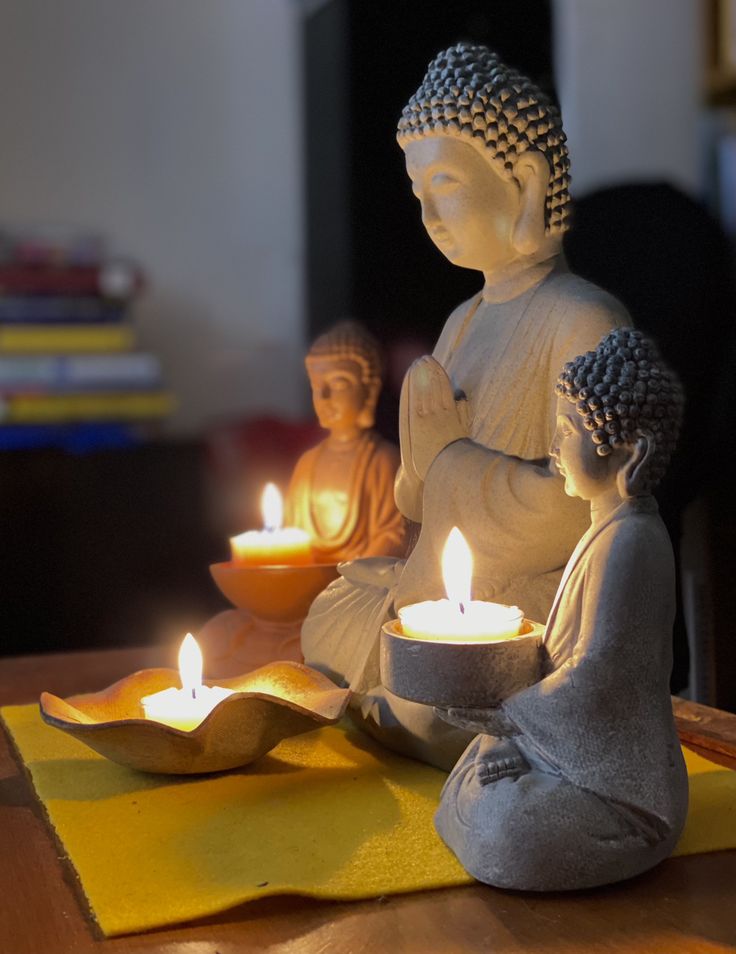
4.1 Buddhist Mantras
Buddhism features a vast array of mantras and chants, with the most famous being “Om Mani Padme Hum.” These mantras are used for meditation, healing, and invoking the blessings of bodhisattvas.
4.2 Gregorian Chant
Gregorian chants are a form of Christian liturgical music that dates back to the early Middle Ages. These monophonic chants are characterized by their soothing and reverential melodies.
4.3 Native American Songs and Chants
Native American cultures have a rich tradition of songs and chants that vary among tribes. These vocalizations are used in ceremonies, healing rituals, and spiritual practices.
4.4 African Drum Chants
In African cultures, drumming and chanting often go hand in hand. These rhythmic vocalizations are used in rituals, celebrations, and ceremonies, with the beat of the drums accompanying the chants.
Part 5: The Modern Relevance of Incantations and Chants
Incantations and chants remain relevant in the modern world for several reasons:
5.1 Mind-Body Connection
Modern science recognizes the profound connection between mental states and physical health. Incantations and chants are used in mindfulness practices and meditation to promote relaxation, stress reduction, and mental well-being.
5.2 Holistic Healing
Many individuals turn to incantations and chants as part of holistic healing approaches. They complement conventional medicine and promote wellness by addressing the physical, emotional, and spiritual aspects of health.
5.3 Spiritual and Mystical Exploration
The modern resurgence of interest in spirituality and mysticism has led to a renewed fascination with incantations and chants. Individuals explore these practices to deepen their connection to the spiritual realm and inner consciousness.
5.4 Community and Connection
Incantations and chants are also used in community and group settings. They foster a sense of unity, collective energy, and shared intention. Chanting together in a group can be a powerful and transformative experience.
InConclusion, Incantations and chants represent a timeless and universal practice that transcends cultural and religious boundaries. These vocalizations have played a vital role in human history, facilitating spiritual connection, healing, and transformation. In the modern age, they continue to be a source of inspiration and empowerment, offering individuals a means to access deeper states of consciousness, cultivate well-being, and connect with the mysteries of existence.
Love Spells and Incantations: The Enchanting World of Attraction

Love has long been a subject of fascination, inspiration, and, at times, desperation for countless individuals throughout history. The quest for love and attraction has given rise to a vast array of practices, including the use of incantations in love spells. In this article, we will explore the intriguing and enchanting world of incantations in relation to love spells, shedding light on their historical origins, the power they hold, their use in modern times, and the ethical considerations surrounding them.
Part 1: The Historical Origins of Love Spells and Incantations
1.1 Ancient Beginnings
The use of love spells and incantations has ancient origins, with evidence of such practices found in various cultures worldwide. In ancient Egypt, Greece, and Rome, love spells were inscribed on papyri, chanted, or written on amulets to invoke the affection and desire of a specific person.
1.2 Folk Magic and Traditions
Throughout the ages, folk magic and traditions have played a significant role in the development of love spells and incantations. These practices were often passed down through oral traditions, often involving the use of specific words, symbols, and rituals to attract love or enhance romantic relationships.
Part 2: The Power of Incantations in Love Spells
2.1 The Role of Intention
At the heart of love spells and incantations is intention. These practices are based on the belief that focused intention, when accompanied by the spoken word, can influence and shape reality. When it comes to love spells, this intention is directed toward attracting, enhancing, or rekindling romantic love.
2.2 Symbolism and Universal Themes
Love spells often incorporate symbols and phrases that resonate with universal themes of love, attraction, and desire. These symbols and words tap into the collective human experience and emotions, making them potent tools in love spellwork.
2.3 Creating Emotional Resonance
Incantations in love spells are designed to create emotional resonance, both within the practitioner and, potentially, within the intended target. The words, when spoken with sincerity and emotion, are believed to infuse the spell with a powerful energy that can attract or enhance love.
2.4 Connecting with the Spiritual Realm
In some traditions, love spells and incantations are viewed as a means of connecting with the spiritual realm or seeking the aid of deities or spirits associated with love and relationships. The incantations act as a form of communication with these higher forces.
Part 3: Modern Use and Relevance of Love Spells and Incantations

3.1 Contemporary Practices
In the modern world, love spells and incantations remain relevant and continue to be practiced. While traditional forms persist, new practices have also emerged, often blending elements of ancient wisdom with contemporary beliefs.
3.2 Pop Culture and Media Influence
Pop culture and media play a role in the modern fascination with love spells. Films, books, and television series frequently depict characters using incantations and spells to navigate the complexities of love and attraction, sparking interest and curiosity.
3.3 Empowerment and Self-Improvement
For some, love spells and incantations represent a form of personal empowerment and self-improvement. They are seen as tools for building self-confidence, enhancing one’s own qualities, and attracting positive and loving relationships.
3.4 Ethical Considerations
The practice of love spells and incantations raises ethical questions and considerations, particularly when it comes to consent, boundaries, and the ethical implications of attempting to influence another person’s feelings. It is essential to approach such practices with sensitivity and respect for the autonomy and well-being of all parties involved.
Part 4: A Note on Ethics and Responsibility
While love spells and incantations can be intriguing and alluring, they come with significant ethical responsibilities. It is essential to remember that love, attraction, and romantic relationships are complex and multifaceted aspects of human life. Practitioners should approach love spells with the following ethical considerations:
4.1 Consent and Boundaries
Respecting the boundaries and consent of others is of utmost importance. Attempting to influence or manipulate another person’s feelings without their informed consent can be ethically problematic and potentially harmful.
4.2 Personal Growth and Self-Love
Before seeking to influence external factors through love spells, individuals should focus on personal growth, self-love, and self-improvement. Healthy and loving relationships often begin with a positive relationship with oneself.
4.3 Responsibility and Accountability
Practitioners should take responsibility for their actions and intentions. Understanding the potential consequences of love spells, both intended and unintended, is crucial. It is essential to act with integrity and awareness.
Conclusion; Love spells and incantations continue to captivate the human imagination, offering a glimpse into the mysterious and often complex world of love, attraction, and romantic relationships. While these practices have deep historical roots and are still relevant in the modern world, they come with significant ethical considerations. Love and relationships are deeply personal and nuanced, and any attempt to influence them should be approached with respect, responsibility, and a genuine understanding of their complexities. Ultimately, the power of love spells and incantations lies not in manipulation, but in their potential to inspire personal growth, self-love, and a deeper appreciation of the intricate dance of human connection.
The Enigmatic Harmony of Chants in Spell Casting
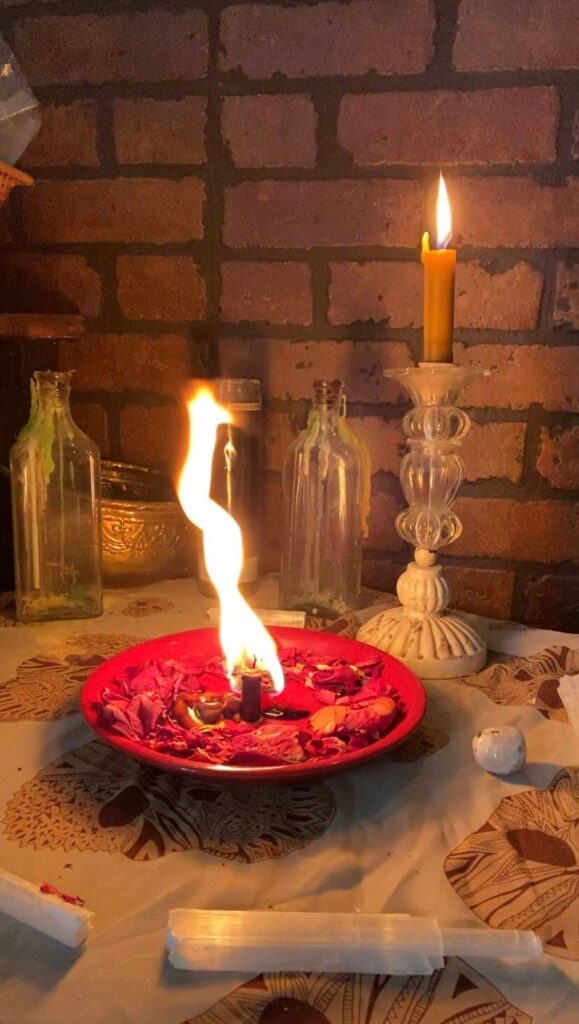
In the mystical world of spell casting, chants play a significant and often enchanting role. Chants are a form of vocal incantation that serves as a vital component in various magical and spiritual practices. These rhythmic utterances of words or phrases are believed to invoke the energies of the universe, guide intentions, and enhance the potency of spells. In this article, we will explore the profound connection between chants and spell casting, unveiling their historical significance, the mechanics that make them powerful, their contemporary relevance, and the ethical considerations surrounding their use.
Part 1: The Historical Significance of Chants in Spell Casting
1.1 Ancient Origins
The use of chants in spell casting dates back to ancient civilizations, where they were employed as a means to commune with deities, evoke natural forces, and influence the outcomes of various endeavors. These enchanting vocalizations were often regarded as a bridge between the earthly and spiritual realms.
1.2 Cultural and Regional Variations
Chants have taken on diverse forms across cultures and regions. From the Hindu mantras of India to the Celtic incantations of Europe and the indigenous chants of Native American tribes, the practice of chanting has been adapted to suit the unique beliefs and practices of different societies.
Part 2: The Power of Chants in Spell Casting
2.1 Focused Intent and Concentration
Chants serve as a potent means of focusing intent and concentration during spell casting. The rhythmic repetition of words or phrases helps practitioners enter altered states of consciousness, aligning their energies with the intended outcome.
2.2 Vibration and Resonance
The vibrations created by vocalizing chants are believed to harmonize with the vibrational frequencies of the universe, creating resonance that amplifies the spell’s power. This resonance can enhance the practitioner’s connection to the energetic forces at play.
2.3 Symbolism and Language
Chants often involve symbolism and specific languages. These elements infuse the spell with meaning and depth, calling upon archetypal images, cultural references, and sacred words that hold inherent power.
2.4 Emotion and Energy Release
Chants in spell casting are most effective when infused with emotion and intention. The practitioner’s emotional investment fuels the spell, releasing potent energy into the universe and aligning it with their desires.
Part 3: Contemporary Use and Relevance of Chants in Spell Casting
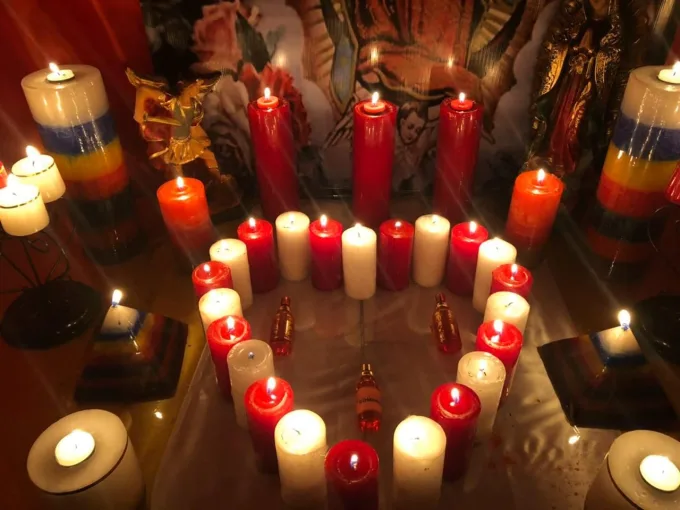
3.1 Modern Magical Practices
In contemporary magical practices, chants continue to play a prominent role. Wicca, a modern pagan tradition, frequently employs chants to invoke the elements, deities, and energies during rituals and spell work.
3.2 Interplay with Meditation and Mindfulness
The connection between chants and meditation has gained popularity in the modern world. Chants are used as a form of mindfulness and relaxation, allowing individuals to center themselves and connect with their inner selves.
3.3 New Age and Alternative Spirituality
Chants are embraced by New Age and alternative spirituality movements as a means of manifesting intentions, healing, and personal growth. These practices often blend elements of diverse spiritual traditions.
3.4 Scientific Interest
Scientific studies have explored the potential therapeutic benefits of chanting. Research indicates that chanting may have positive effects on reducing stress, anxiety, and promoting overall well-being, aligning with contemporary interest in holistic health.
Part 4: Ethical Considerations in Chanting and Spell Casting
4.1 Respect for Free Will
Ethical considerations in spell casting involve respecting the free will and autonomy of others. Practitioners must ensure that their intentions do not infringe upon the personal choices and boundaries of individuals or entities.
4.2 Responsibility and Accountability
Chanting in spell casting carries responsibility and accountability. Practitioners should be mindful of the potential consequences of their spells and take responsibility for the energies they set in motion.
4.3 Cultural Sensitivity
Incorporating chants from different cultures should be done with cultural sensitivity and respect. Appropriation of sacred chants can be seen as disrespectful and ethically problematic.
Conclusion
Chants are the melodic threads that weave the tapestry of spell casting, connecting practitioners to the realms of magic and spirituality. While the use of chants in spell casting has evolved over millennia, their fundamental power remains timeless. Chants serve as bridges between intention and manifestation, inviting practitioners to explore the profound interplay of language, symbolism, vibration, and emotion.
In the contemporary world, chants in spell casting continue to be a source of inspiration, mindfulness, and empowerment. However, they must always be employed with a deep sense of responsibility, ethical awareness, and respect for the intricate web of human connections and free will. The harmonious resonance of chants in spell casting reminds us that the magic we seek is often found within ourselves.
